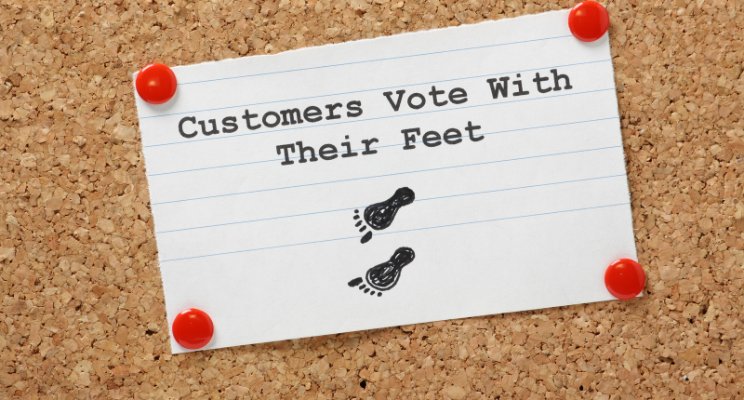The last time I went to an American baseball game, the food cost more than my ticket. And what food it was! A fish sandwich that tasted too fishy to eat. A massive yet strangely bland macaroni and cheese concoction. And a $12 light beer. No wonder I don’t go to the ball park very often.
Apparently, I’m not alone, and it seems that major league baseball is paying attention.
Ballparks from San Diego to Cleveland have upped their food game over the past couple of years to include more local foods, partnering with local restaurants and breweries to offer things that fans might actually look forward to eating.
Why are ballparks focusing on craft beers and local favorites instead of the traditional hot dogs and cracker jacks?
The companies in charge of the food concessions started paying attention to what game goers want. When Centerplate, a hospitality company that serves stadiums and ballparks nationwide began looking at data on ballpark attendees, it found that season ticket holders might only go to 17 games out of more than 80 on the schedule. The main reason they didn’t attend more games was time, but the second biggest reason was that they were tired of ballpark food. By understanding this, the concessionaire could figure out what it needed to do to make the experience better.
When their research showed that sports fans want food made with local products, Centerplate began partnerships with local restaurants, chefs and breweries.
A minor league team in Michigan made a similar discovery by polling fans each year on new menu items they’d like to see. It turned out the fans didn’t really want giant sandwiches and weird fried foods. They wanted good regional food – and that’s what the park started offering.
This is an excellent example of an industry paying attention to its customers and giving them what they want. By improving the dining experience at ballparks, baseball teams make fans happy. And these happy fans come back for more.
I wish I saw more of this kind of thing in my customer experience consultancy. But I see many companies that don’t take the time to analyze their customers or figure out what really drives their purchases. They guess at what their customers want, and their guess usually involves some rational factor like price. But emotions are almost always what’s behind a customer’s behavior.
Take baseball as an example. There are a lot of rational reasons why people might not go to games. Perhaps the tickets are too expensive, or it’s hard to find parking, or the seats are cramped. A franchise might guess that parking is the issue and build a new parking lot, only to find that attendance doesn’t budge. It takes real research and insight to learn that one of the big reasons they don’t come is an emotional one – they’re tired of bad ballpark food. Make the food fun and tasty and fans will want to come for the dining experience as much as for the ball game.
This ties in to one of the biggest things we have learned in our recent research: memories are the biggest driver of long-term customer behavior. Professor Ryan Hamilton and I wrote about this in depth in our recent book: The Intuitive Customer: 7 imperatives for moving your Customer Experience to the next level. Good memories bring customers back for more and build value for a brand, while negative memories drive them away and destroy value. I remember the bad fish sandwich at the last game I attended, and it hasn’t made me want to go back.
By offering more local and, well, edible, food, ballparks are making the game-going experience memorable in a good way. Instead of remembering how much they paid for ordinary or even substandard food, fans can remember eating something that they liked and perhaps couldn’t get anywhere else. These happy dining memories should have them coming back for more.
Have you sampled local fare at a ballpark this year? What did you think? Share your thoughts in the comments section below.
Are you listening to your customers and providing the Customer Experience they deserve? Find out how by joining us for our FREE webinar on 25th May to discover the 10 Critical Steps For A Successful CX Program.
If you liked this blog, you might also be interested in these:
New Research Reveals Lack of Customer Understanding
7 Reasons to Focus on Customer Value
The Critical Question to Ensure Progress
Colin Shaw is the founder and CEO of Beyond Philosophy, one of the world’s leading Customer experience consultancy & training organizations. Colin is an international author of six bestselling books and an engaging keynote speaker.
Follow Colin Shaw on Twitter @ColinShaw_CX


